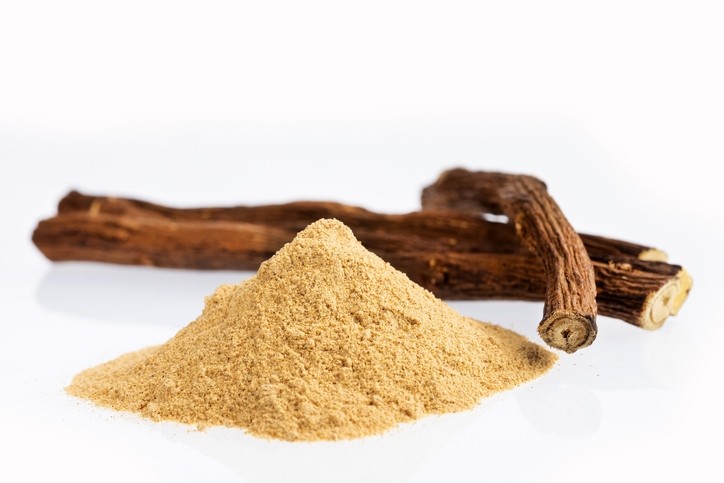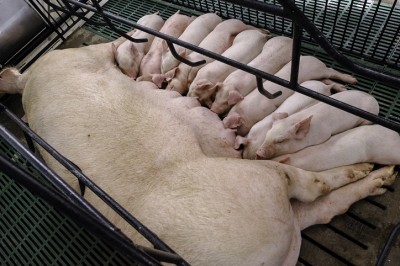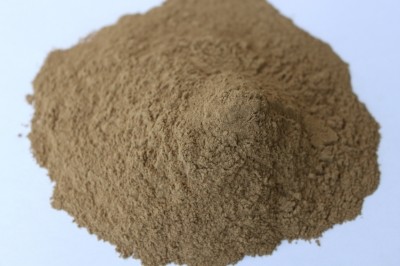Leading licorice supplier targets feed industry

GMP+ FSA certified companies demonstrate that they meet all requirements and conditions for the assurance of feed safety.
BGG’s Xinjiang Jinshuo Plant Additive Co., Ltd plant is entirely dedicated to the manufacture of licorice extracts and licorice derivatives, including food, flavors and cosmetic ingredients, and with this new registration, also feed ingredients.
Transparency in licorice market
Christian Artaria, CEO of BGG Europe, told FeedNavigator:
“This registration is of paramount importance as the licorice market has been historically served by trading companies, and most of the time feed producers didn’t have an overview of the real supply chain. We are trying to change the rules of the game and to make it more transparent, for the benefit of the farmers, the feed producers and the entire supply chain.”
The production of feed is a shared responsibility of the entire feed chain, and, with this new certification, BGG is further outlining the responsible practices it commits to, said the CEO.
“Xinjiang Jinshuo Plant Additive Co., Ltd., as with all our facilities, is regularly audited by our customers and goes through third-party audits for certifications, so we are quite used to audit procedures. We selected SGS for this audit as we have also been working for ISO-22000 and other certifications linked to sustainability with them.
“What made this certification different and, in some ways, stricter than usual, is that it focused on environmental contamination with third party test result requests on dioxin and heavy metals, for example,” commented Artaria.
In terms of BGG’s feed business to date, it has been supplying the aqua feed industry with natural astaxanthin extracted from Haematococcus pluvialis. “Now, we are adding licorice [to our feed portfolio].”
“The food and beverage, food supplements, cosmetics, flavor and pharma markets are all much bigger than the feed market is for us right now, but we are not in hurry. A journey of a thousand miles must begin with a single step and this is our second step into that market segment,” added Artaria.
Feed palatability
Licorice is the common name attributed to certain species of the genus Glycyrrhiza that are known to produce the saponin glycyrrhizin, a natural sweetener responsible for the characteristic sweet taste of the roots.
The main use of licorice ingredients in feed is their ability to increase the palatability of the feed, he said. They can be used as sweeteners in feed for all animal species and in piglet feed in particular.
“This is thanks to the sweetener potency of Glycyrrhizic acid and its long lingering sweetness that helps to mask other less palatable ingredients.”
Looking at any benefits beyond palatability, he noted that, at the research level only, studies have been published indicating that licorice and licorice derivatives might play a role in production performance by enhancing organ development and stimulating digestion and appetite.
Licorice extracts and derivatives portfolio
BGG was founded in 1995 with its licorice facility, Xinjiang Jinshuo Plant Additive Co., Ltd, established in 1997.
“The very first product BGG produced back in 1995 was a licorice derivative: monoammonium glycyrrhizinate, and we are still a market leader on this product today. Xinjiang Jinshuo Plant Additive Co., Ltd. is currently just one of six production facilities we own.”
The company’s licorice extracts and derivatives portfolio includes, licorice extracts, deglycyrrhizinated licorice extracts, Licochalcone A based extract, Glabridin at different purities, and Glycyrrhizic acid-based products such as Mono Ammonium Glycyrrhizinate, Enoxolone (18-ß-Glycyrrhetinic Acid), Dipotassium Glycyrrhizinate.
In terms of production output, Artaria said it was difficult to detail volumes considering the complexity of the licorice portfolio: “But we can give a good idea of the extent of this business in tons of licorice dried roots used in our production. We are processing around 15,000 tons of roots a year.”
Production protocols and process
BGG gathers its roots from regions of the Middle East and Asia such as Azerbaijan, China, Kazakhstan, Turkmenistan, Tajikistan and Uzbekistan.
Outlining its production protocols and processing method, the company says:
“Our roots are carefully harvested from three to four-year-old plants during winter months after the leaves have died. This sustainable method ensures that the plants will survive. After collection, the roots are botanically identified, cleaned and cautiously dried, after which they are shipped to our state-of-the-art processing facility in Xinjiang.”
“Next, they are quarantined under strictly-monitored conditions while different chemical analyses are performed including aflatoxins, ochratoxin and heavy metal screening. Only after passing these strict quality controls are lots released for further processing.
“For each product, a specific licorice species is used and the whole production process is controlled. The manufacturing process includes controls on grinding, extraction, concentration, purification, drying, packaging and labeling. Finally, only if the active principles and all safety parameters including heavy metals, pesticides, impurities, aflatoxins, residual solvents and microbiological analysis are in compliance with our specifications, the lot is released for sale.”

















